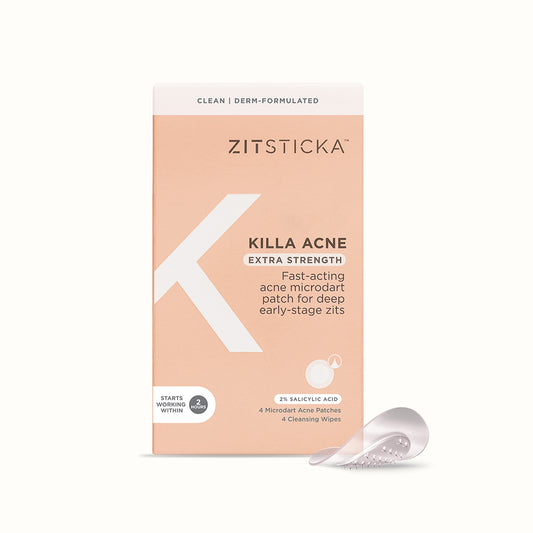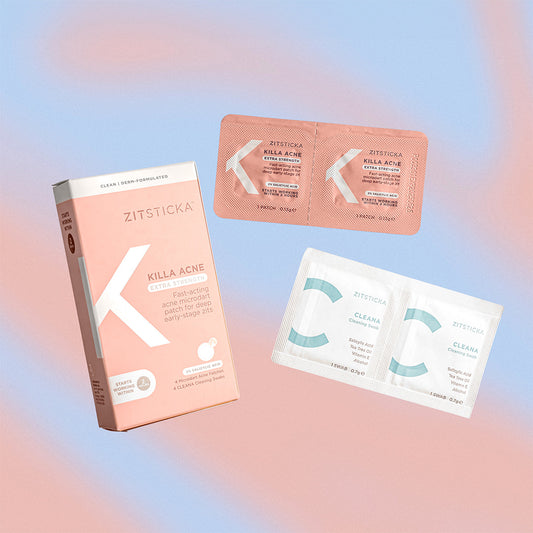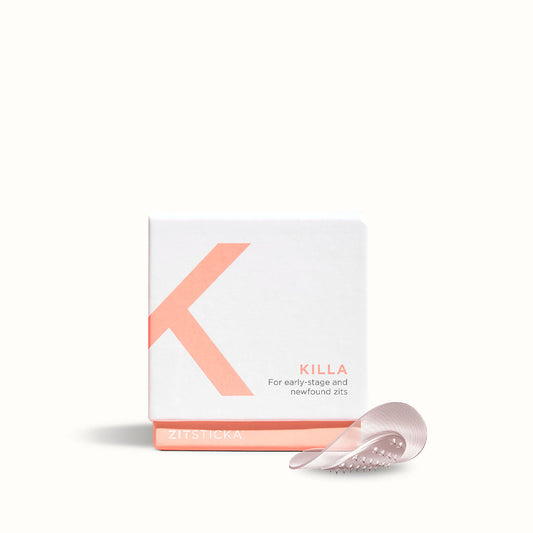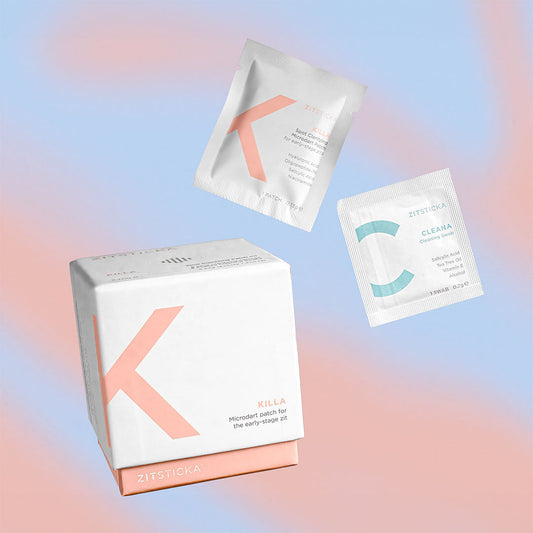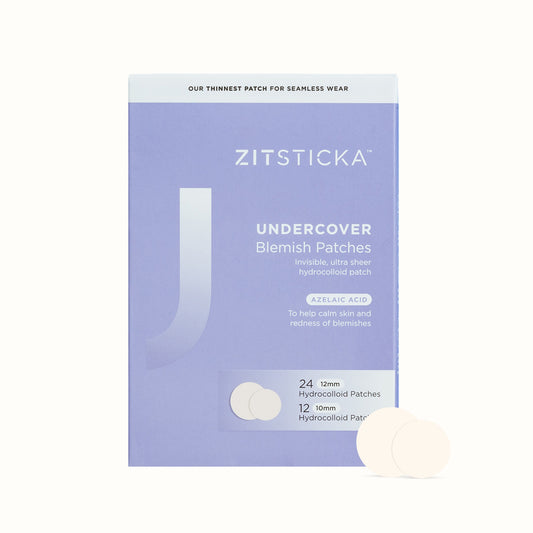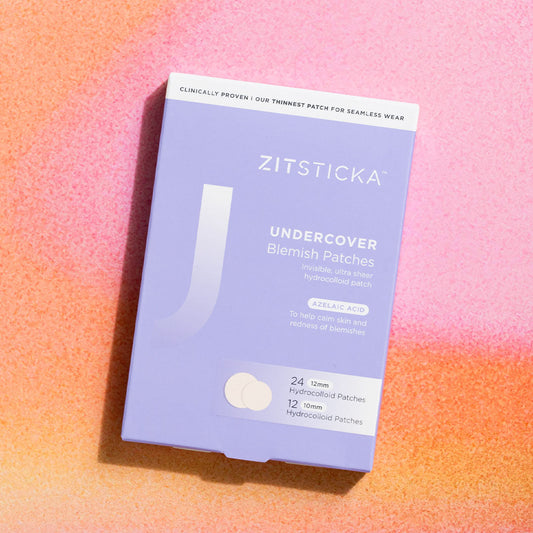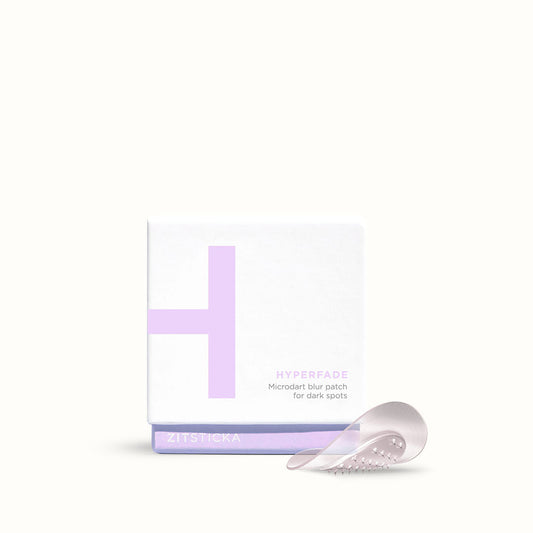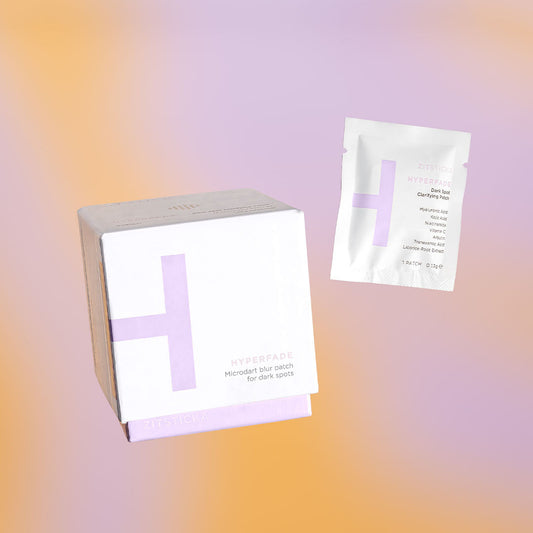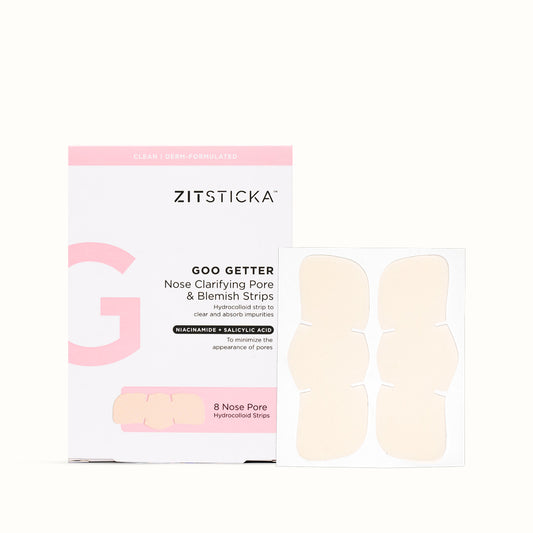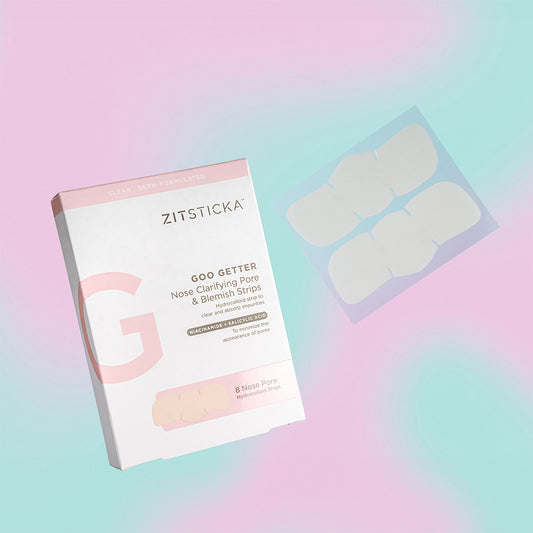By Lee Phillips
In the varied and wild landscape that is your skin, there are two types of bumps: Those you can name and those you can’t. For the latter—and for the next time you’re exploring the surface of your largest organ—let me introduce to you a single term to round up (almost!) all of the unknown anomalies: Dermatitis.
The “itis” at the end sounds scary, but in reality dermatitis is a skin condition that everyone gets at some point in their lives. What dermatitis is, is an all encompassing term for irregular skin inflammation, bumps or irritation. The bummer about dermatitis is that doctors don’t actually have a whole lot of information about why certain people react to certain things and in certain ways at certain ages for certain reasons when—OH MY GOSH.
To make this easier for both of us, I’m going to keep my explanation to the most common type of dermatitis: Contact dermatitis. I’m not going to go into atopic dermatitis and the literally thousands of types of eczema, which are linked to genetics and develops in children.
Contact dermatitis
Because the causes are so varied, this kind of skin inflammation can take many different forms. A good rule of thumb is that if it’s not part of your usual landscape it’s some kind of flare up. More common kinds of dermatitis like dandruff or heat rash are easily recognizable, while some are not. All contact dermatitis is caused by either an allergic reaction or a run of the mill skin irritant.
Allergic reaction vs. run of the mill skin irritation
A dermatitis flare up caused by allergies can be triggered by both external contact, and internal ingestion. Hives from an allergic reaction to a two dollar burrito? Contact dermatitis. Red itchy splotches from wiping with poison ivy? Also contact dermatitis.
Non-allergic skin irritants are just as varied. Fragrances in shampoo or perfume can irritate our skin even if we’re not allergic to them. Chemical peels and other acidic skin care treatments can also be irritants, as they break down the protective barriers in our skin. Non-allergic irritants can be caused internally through stress.
Identifying & treating
The hard part about identifying contact dermatitis triggered by allergy? Even if you’ve been exposed to your allergen several times over,, you can develop symptoms after using or ingesting something for upwards of years. It’s kind of a crap shoot.
The first step in identifying what kind of dermatitis you have is to acknowledge the placement of your irritation. Irritation on the shoulders and neck, could likely be caused by an ingredient in your shampoo. Redness and bumps in between your thighs could be chafing. If something is on your hands and face, it’s likely a new product.
The most important factor for identifying the causes of your dermatitis is vigilance and observation. To really be in tune with your body and understand it, you have to pay attention to the products you're using and what you’re ingesting. Did you just buy a wool scarf? Maybe you switched to a cheaper set of bed sheets and your humidifier broke in the same week?
Keeping track of changes like these is going to be key in dealing with your derm. It’s the easiest and most sure fire way of getting rid of random bumps.
If you can’t treat dermatitis by identifying the trigger, there’s still hope. Topical treatment for dermatitis depends on how severe it is. While most cases of dermatitis are manageable, if you're experiencing persistent discomfort or your rash is changing colors, it’s best to—yep, you guessed it— go to the doctor. Other conditions like molluscum or scabies can be confused for dermatitis, but need more specific medical care.
Mild dermatitis can be treated with hydrocortisone, which is used to reduce swelling, itching and irritation. Sometimes, dermatitis can be a super simple fix like drinking more water or properly moisturizing. Hyaluronic acid, which features in both KILLA and HYPERFADE, is a great start for supercharging moisture levels. It draws out the water that’s already in your skin, instead of piling on product that may or may not absorb. Again, finding out what’s causing it through observing your habits is the first step to figuring out a treatment.
The final boss: Maskne
It’s everywhere. You’ve seen the TikTok tutorials and been served the Instagram ads. While you may be tired of hearing about it, it's a very real thing! On top of living through a pandemic we have to break out about it? Ugh! Mask-ne is caused by long periods of rubbing and contact with your mask. At the same time, the humidity from your breath creates the perfect environment for outside free radicals and bacteria to clog up pores and irritate your skin.
Yes, we want you to keep wearing a mask. We also implore you to wear a (cute) fabric variety and wash it as often as possible! As for topical treatment for mask-ne, (and a good rule for other dermatitis), pls don't over do it with chemical exfoliants, and especially not physical scrubs. I know you’ve been DIY microneedling since things started to shut down (eeek!) but sometimes, our skin needs a break. Overdoing it can actually make our skin more vulnerable to mask-ne and other forms of dermatitis. If you are really set on incorporating something for your mask-ne, try an non-dehydrating water based cleanser.
Like all dermatitis, Mask-ne can leave dark spots on the skin. To mitigate that, try using HYPERFADE patches to quickly fade and brighten hyperpigmentation from the inside out.

